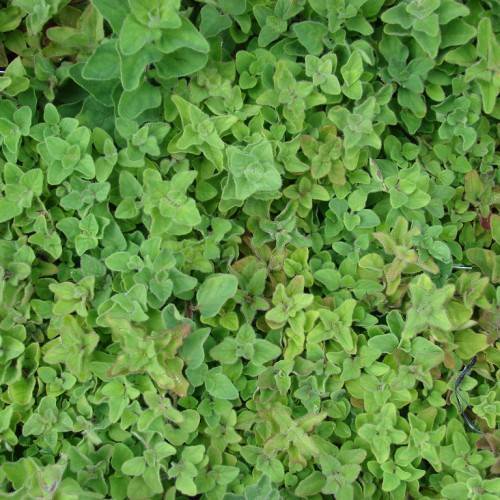
Greek oregano
Origanum vulgare subsp. hirtum
Cycle:
Herbaceous Perennial
Watering:
Minimum
Hardiness Zone:
4 - 8
Flowers:
Flowers In Summer
Sun:
full sun
Soil:
Rocky , gravelly , dry, Well-drained
Fruits:
Fruits In Summer Ready In Summer
Leaf:
Yes
Growth Rate:
Moderate
Maintenance:
Low
Drought Tolerant:
Yes
Salt Tolerant:
Yes
Care Level:
Medium
watering
Greek oregano should be watered when the top inch of soil is dry, which should be checked with your finger. For mature plants, water deeply and slowly (1-2 inches) once per week during the growing season, and once every 3-4 weeks in the winter. For newly planted or seed-grown Greek oregano plants, water 1-2 times per week until established and then revert to the once-per-week schedule.
sunlight
For optimal growth and health of Greek oregano, the plant needs full sun for a minimum of 6 to 8 hours a day. This is true for most Mediterranean herbs like rosemary and thyme, as the flowers and flavor of Greek oregano will thrive in the abundant light and heat.
pruning
Greek oregano should be pruned regularly in order to keep it healthy and maintain its growth. Pruning should be done twice a year, typically in late spring and early summer. In late spring, prune lightly by removing faded flowers and dead or damaged branches. In early summer, prune more heavily by removing up to half of the stems at ground level. This will help encourage new growth, as well as bushiness and thicker foliage. Pruning Greek oregano regularly will help improve its flavor and aromatic profile.
